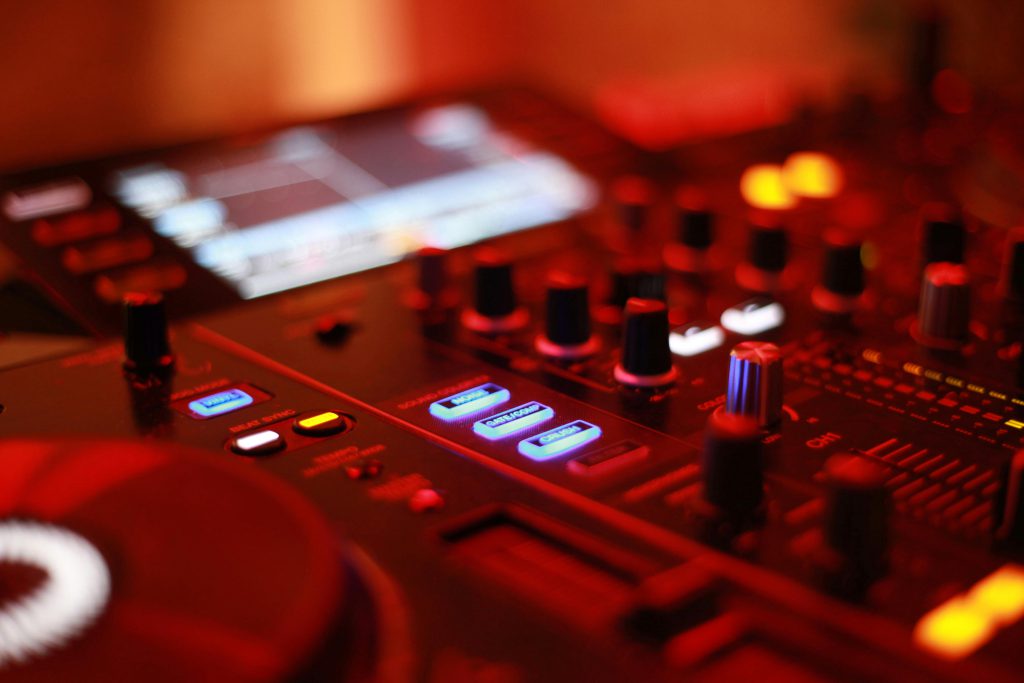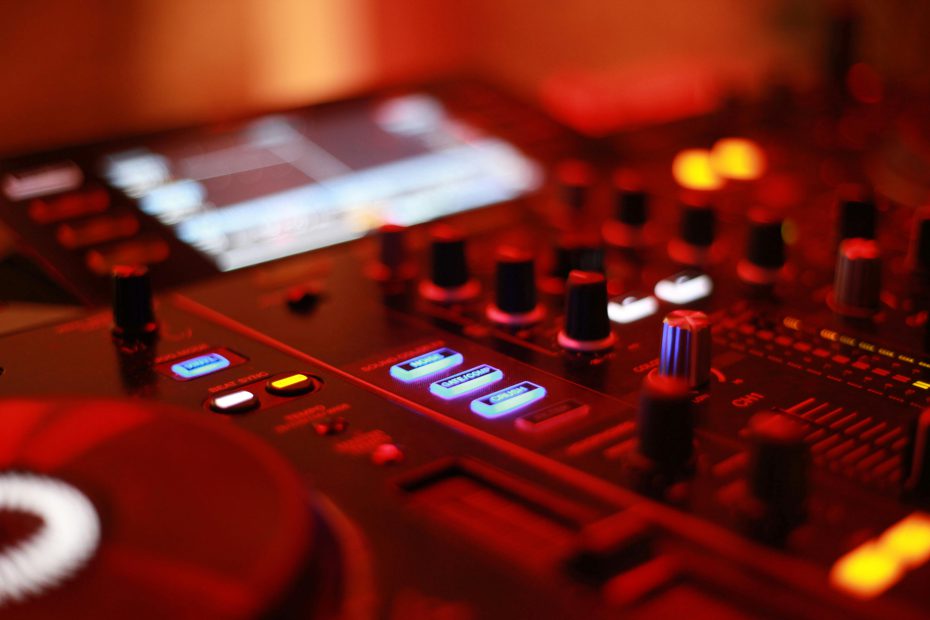How to Perfect Your PA System Design and Configuration
Designing and configuring a PA system is essential for ensuring clear, balanced, and powerful audio in various applications. Whether it’s for live performances, corporate events, or permanent installations, understanding the nuances of PA system design can elevate the sound experience. In this guide, we’ll explore the steps and considerations required to perfect your PA system, covering everything from selecting components to optimizing performance.

Understanding PA Systems
What Is a PA System?
A PA system (Public Address system) is a setup designed to amplify and distribute audio to an audience. Commonly used in venues ranging from small conference rooms to large outdoor arenas, PA systems ensure that sound reaches every listener clearly and effectively.
Core Components of a PA System
- Microphones: Capture sound for amplification.
- Mixers: Adjust and balance audio signals.
- Amplifiers: Boost audio signals to drive speakers.
- Speakers: Project sound to the audience.
- Cables and Accessories: Ensure connectivity and functionality.
Steps to Design an Effective PA System
Assessing Your Audio Needs
Before diving into the design process, identify the specific requirements of your PA system based on its intended use.
Key Questions to Consider
- What is the venue size and audience capacity?
- What types of audio will be amplified (speech, music, etc.)?
- Will the system be permanent or portable?
Selecting the Right Equipment
Choosing the right components is critical for creating a functional and high-quality PA system.
Microphones
- Dynamic microphones for live vocals.
- Condenser microphones for detailed sound capture.
- Wireless options for flexibility.
Mixers
- Analog mixers for straightforward setups.
- Digital mixers for advanced control and features.
- Channel count based on the number of inputs required.
Amplifiers and Speakers
- Match amplifier power to speaker specifications.
- Choose speakers based on coverage area and audience size.
- Consider active speakers with built-in amplifiers for simplified setups.
Configuring Your PA System
Proper Placement of Components
Correct placement of microphones, speakers, and other components ensures optimal sound distribution and minimizes feedback.
Speaker Placement Tips
- Position speakers at ear level for the audience.
- Use delay speakers for large venues to maintain sound consistency.
- Angle speakers to avoid reflections from walls and ceilings.
Microphone Techniques
- Maintain a consistent distance from the microphone.
- Use shock mounts and pop filters for vocal clarity.
- Avoid placing microphones directly in front of speakers to reduce feedback.
Wiring and Connectivity
Proper cabling is essential for a reliable PA system.
Best Practices for Wiring
- Use high-quality cables to minimize signal loss.
- Label all connections for easy troubleshooting.
- Secure cables to prevent accidents and interference.
Optimizing PA System Performance
Balancing and Equalizing Audio
A well-balanced mix is key to a professional sound.
Tips for Audio Balancing
- Adjust gain levels to prevent distortion.
- Use EQ settings to enhance clarity and tone.
- Balance inputs to ensure no sound source overpowers others.
Feedback Control
Feedback is a common issue in PA systems, but it can be mitigated with proper techniques.
Feedback Prevention Tips
- Use directional microphones.
- Adjust speaker placement to avoid sound loops.
- Employ automatic feedback suppression tools.
Advanced Features in Modern PA Systems
Wireless Integration
Wireless technology has transformed PA system design, offering greater flexibility and convenience.
Benefits of Wireless PA Systems
- Reduced cable clutter for clean setups.
- Easy integration with mobile devices and apps.
- Enhanced portability for on-the-go applications.
Networked Audio Solutions
Digital networking allows for centralized control and monitoring of PA systems.
Advantages of Networking
- Remote control of audio settings.
- Scalable solutions for large installations.
- Integration with other audio-over-IP devices.
Troubleshooting Common PA System Issues
Identifying Problems
Issues can arise in any PA system, but understanding common problems makes troubleshooting easier.
Common Issues and Solutions
- No Sound: Check power sources and cable connections.
- Distortion: Lower gain levels and inspect speaker limits.
- Buzzing or Humming: Ensure proper grounding and cable shielding.
Routine Maintenance
Regular maintenance ensures long-term performance and reliability.
Maintenance Checklist
- Clean and inspect cables regularly.
- Test all components before use.
- Update firmware for digital equipment.
Tips for a Successful PA System Installation
Planning Ahead
Detailed planning minimizes surprises during installation.
Steps for Effective Planning
- Conduct a site survey to assess acoustics.
- Create a detailed layout of component placement.
- Test the system before the event or use.
Working with Professionals
For complex setups, consider hiring experienced audio engineers.
Benefits of Professional Assistance
- Expertise in acoustics and equipment selection.
- Faster and more efficient installation.
- Access to high-quality tools and resources.
Designing and configuring a PA system requires careful planning, the right equipment, and attention to detail. By understanding the components, optimizing placement, and leveraging modern technologies, you can create a system that delivers exceptional sound quality for any application.
Whether you’re setting up a small portable system or a large-scale installation, the principles outlined in this guide will help you perfect your PA system and ensure it meets your audio needs. Embrace the advancements in wireless and networked solutions to take your audio to the next level.
